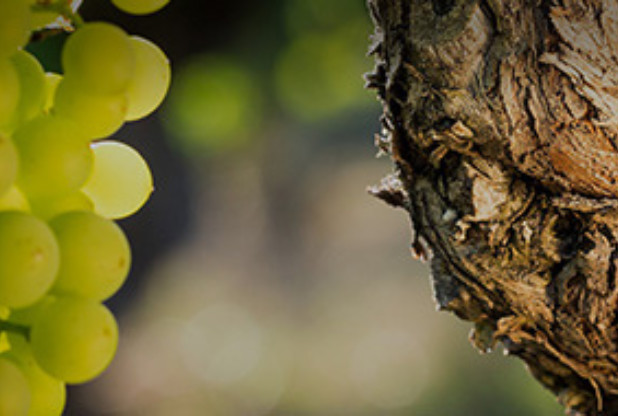
Early Rhône Valley harvest looks promising despite drought
France’s second-largest appellation, Rhône Valley AOC, began its 2022 harvest on Monday, 22 August, eight days earlier than last year.
According to Inter Rhône, the organisation that represents the AOC, vineyard droughts, combined with soaring temperatures, led to an accelerated growth cycle by approximately 20 days compared to 2021. However, it is not the earliest harvest on record.
The cycle was said to be impacted by significant rainfall deficits (from -53% to -97%) at the end of 2021. In addition, winter temperatures remained very mild, despite a late cold wave at the beginning of spring, between 1 and 5 April.
- READ MORE: Producer Q&A: Gabriel Asseily, Château Biac
Summer started with the hottest May recorded for over 100 years. There was some respite in June, following an episode of storms, but the rest of the season would be defined by successive periods of intense heat.
Mercifully, mid-August rainfall allowed the soil to regain strength, helping the grapes mature more promisingly.
In the Southern Rhône Valley Vineyards:
Budburst took place at the beginning of April, according to Inter Rhône – a delay of 8 to 10 days compared to 2021. Soaring temperatures soon followed, thus promoting growth acceleration.
As a result, the vines caught up, and flowering started as early as 10 May in some areas. As of 30 June, the phenological cycle of the vines had 10 days of advance compared to the previous vintage, making it comparable to vintages such as 2018 and 2020, the Rhône report stated.
Grape picking for white and rosé wines began early (11 August), specifically in the Gard department.
In the Northern Rhône Valley Vineyards:
After mid-April, temperatures remained consistently above the norm, with three episodes of temperature peaks.
Rainfall during fall and winter 2021-2022 was 25% lower than the averages observed over the 2010-2020 period. As a result, budburst was delayed, and vegetative development accelerated considerably.
Flowering occurred from 15 May to 31 May amidst high temperatures, with maximum daily temperatures frequently above 30C.
The weather conditions helped to prevent grapevine diseases and preserve the healthy conditions of the vineyards, although some areas showed signs of water stress from mid-June.
However, rainfall in the second half of June gave the vines some respite and allowed them to resume their growing cycle.
August precipitation in the northern part of the region was average and very beneficial, breathing renewed life into vines that had demonstrated their incredible resistance to the dry conditions, according to Inter Rhône.
The 2022 harvest in the northern part of the region began on 22 August, with the collection of Marsanne and Roussanne, followed by Syrah and Viognier towards the end of August.
The start of the harvest at the northern end of the vineyards will wait until the first half of September.
At present, the southern and northern parts of the Rhône Valley show no signs of disease. Although the recent rainfall helped the grapes grow slightly and swell in size, the average berry weight remains lower than usual.
The report concludes that the 2022 vintage will be marked by its early maturation throughout the region, but a good quality from the harvest is expected:
“The healthy grapes will ensure a high quality to start the winemaking process. The vintage promises rich, deep, concentrated wines with great colours,” the report concluded.




